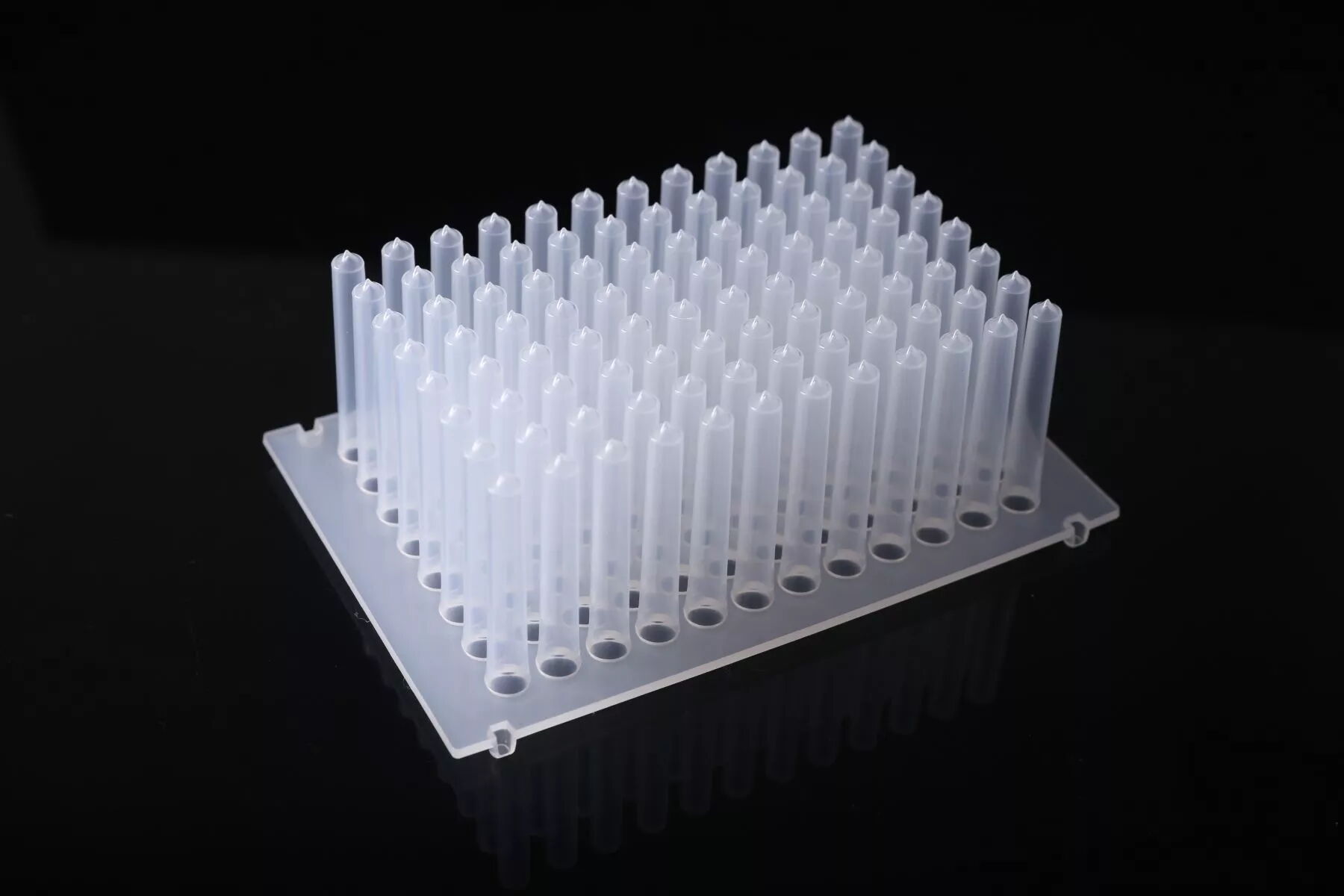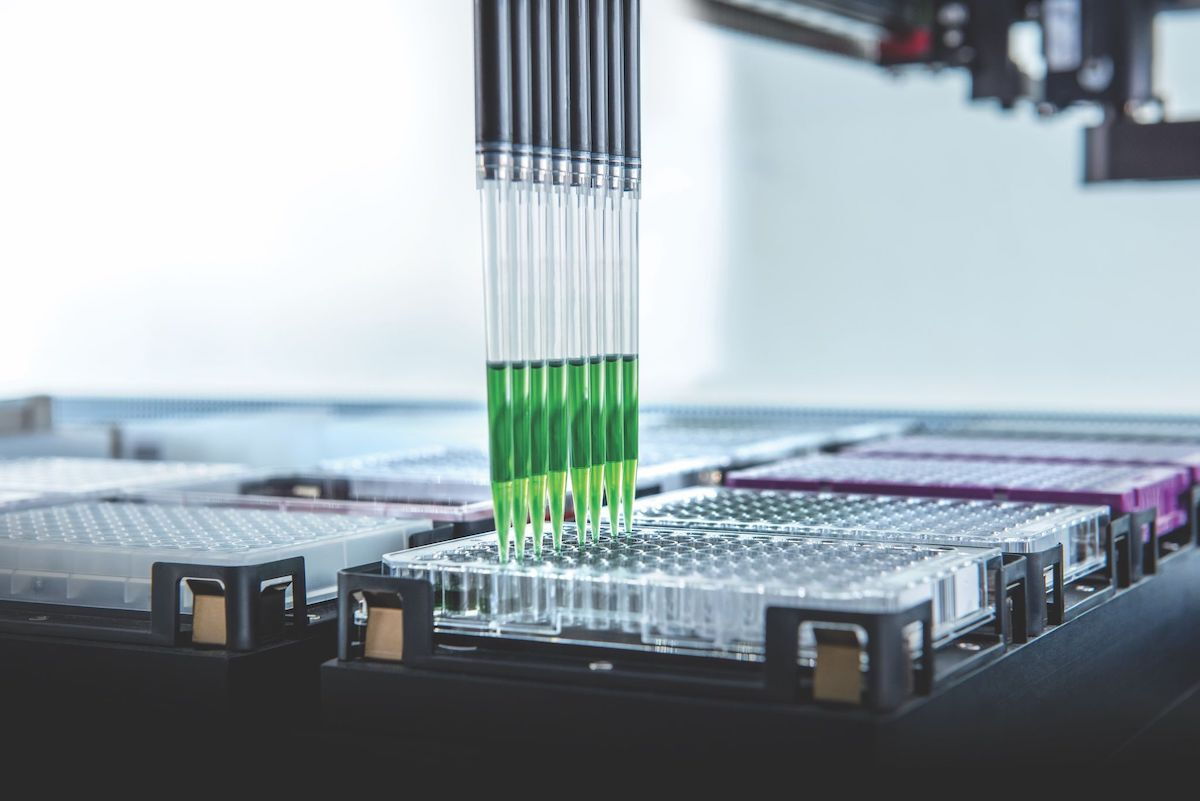How to Properly Seal PCR Plates
May 17, 2024
Choosing the right seal for your PCR plate involves weighing the pros and cons of plate caps, film seals, and lids.
Plate caps provide a secure seal while allowing for easy removal and resealing without wastage. However, they have limitations. Firstly, you need to purchase specific caps compatible with your plate, which reduces their versatility. Additionally, selecting the appropriate cap depends on the plate's manufacturer and whether it's domed or flat based on your thermocycler model. Applying caps can also be repetitive and potentially lead to cross-contamination if placed incorrectly.
In contrast, film seals offer greater versatility as they can fit any PCR plate regardless of the manufacturer. They are easily cut to size, providing effective sealing without the need for specific compatibility considerations.
Alternatively, plate lids offer minimal protection compared to caps and seals and are typically used for short-term cover to prevent contamination.
The choice between an optical clear seal and an aluminum foil film for sealing your plate depends on the nature of your experiment.
Optical sealing films offer transparency, allowing for sample observation while providing protection against evaporation. They are particularly beneficial for qPCR experiments that demand precise fluorescence measurements directly from the plate. In such cases, it's essential to select a sealing film with high optical clarity to ensure accurate readings.
On the other hand, foil films are suitable for light-sensitive samples or those requiring storage below 80°C. They are ideal for long-term storage purposes. Foil films are also pierceable, facilitating individual well examination or sample transfer using needles, whether done manually or as part of a robotic platform.
Consideration should also be given to the chemical compatibility of the seal. Substances like acids, bases, or solvents necessitate a seal that can withstand their aggressive nature, making a foil seal a more appropriate choice in such instances.
When it comes to sealing PCR plates, you have the option of adhesive film seals or heat sealing films.
Adhesive film seals are simple and user-friendly. Applying them to the plate is straightforward – users just need to place the seal on the plate and use a basic applicator tool to press down and create a tight seal.
Heat seals offer a more advanced sealing solution. They provide a longer-lasting seal with reduced evaporation rates compared to adhesive seals. This makes them suitable for long-term sample storage. However, using heat seals requires plate sealing equipment, adding to the complexity of the process.
Plate Sealing Procedure (Self-Adhesive Method)
(1). Ensure you are working on a flat and stable surface.
(2). Remove the film from its packaging and peel off the backing.
(3). Place the seal onto the plate carefully, ensuring all wells are covered.
(4). Utilize an applicator tool to apply pressure evenly across the plate. Start from one end and gradually move to the other end.
(5). Repeat the pressure application several times to ensure a secure seal.
(6). Run the applicator around the outer wells to verify proper sealing.
Heat Sealing Method:
(1). Ensure you have a heat sealer and refer to the manufacturer's instructions for proper operation. It's crucial to source equipment from reputable manufacturers to ensure effective sealing.
(2). With the heat sealer ready, proceed to melt the film onto the rim of each well. Follow the specific instructions provided by the equipment manufacturer to achieve a proper, effective, and watertight seal.
Top Tips for Plate Sealing:
(1). Apply Pressure in Both Directions: When applying pressure to the seal, use both horizontal and vertical directions to ensure a thorough seal
(2). Conduct Test Runs: Prior to sealing plates with samples, perform test runs using empty plates. This helps ensure the sealing process is effective and minimizes the risk of errors.
(3). Inspect Seal: After testing, carefully remove the seal and inspect for proper adhesion without any gaps. Any gaps indicate an improper seal, which can compromise sample integrity.
(4). Consider Additional Protection: For shipping or transporting samples, consider adding a plastic seal on top of the foil seal for added protection, especially against piercing.
(5). Avoid Bumps or Wrinkles: When applying the film, ensure there are no bumps or wrinkles, as these can lead to leaks and evaporation. Smooth application is essential for a secure seal.
Previous: Key Considerations for Accurate Automated Pipetting
Next: How to Source High-Quality Laboratory Consumables



